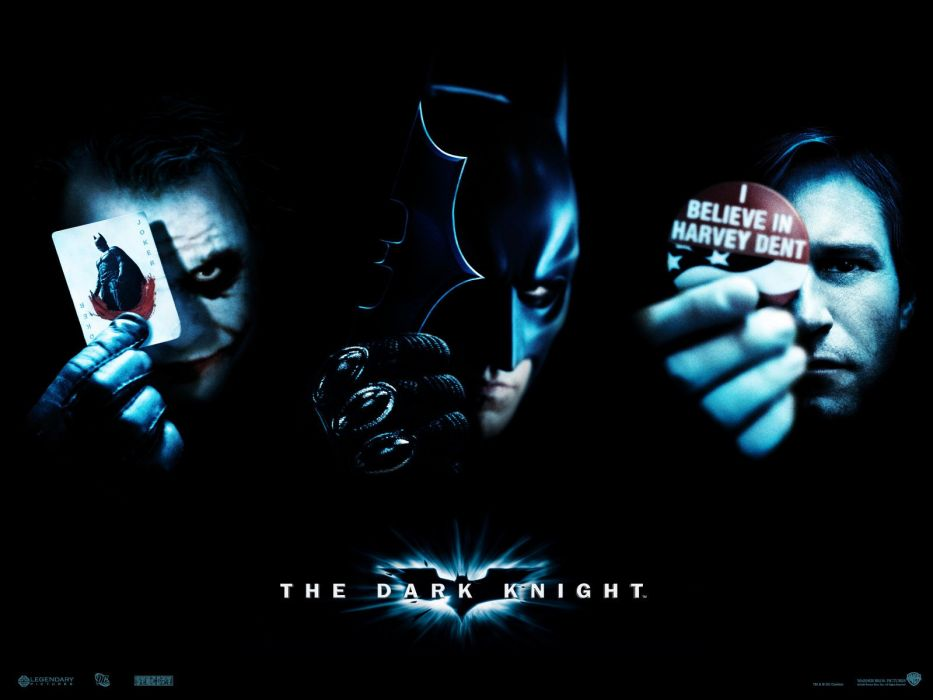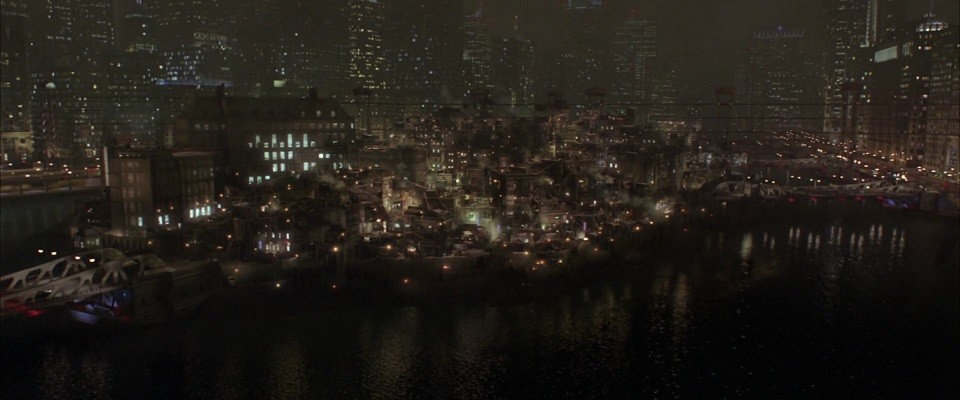
Self-parody can be both an easy and hard sub genre to pull off. It’s easy in the sense to when the people behind it can have the time of their lives pleasuring themselves and giving themselves permission to break their own rules of the kind of movies that they are spoofing. It’s hard in the sense when the people behind it want to show the audiences that the motion picture is coming for a real place with some meaningful meta commentary and not just wanting to laugh with them all the way. There can be a sense of laziness where it allows the people behind it to be as cheap and carefree with their feature as possible just because they can be. This can also allow their movies to be seen as “critic proof” as it would hard to tell the difference between the moments where flaws, plot holes, logic lapses, and areas of clunky writing can be exposed to and the moments that are just like that because that’s the joke. What can make this all the more endearing yet annoying is having this with a spin-off of a character who largely exists as comic relief. This brings in The LEGO Batman Movie, a movie that does start a title main character who did in fact largely exist as comic relief in the original LEGO Movie as well as having a decades long history worth of dark, broody source material that has made him an icon to this day.
Which makes it all the more impressive that The LEGO Batman Movie is able to find the right mix to all of this making it feel like the best version of itself that it can possibly be. I don’t mean like Batman (1966) or Return of the Caped Crusader best version of itself but close to the lines of say Into the Spider-Verse (albeit not quite as good as that). However, just like with Spider-Verse, it does show a more personal side to the title character than before with them showing how empty their lives can be when they don’t have a straight goal in my mind along with knowing that there’s nothing wrong with being a team player. This is something that the Joel Schumacher movies were trying to do to some extent but it feels like it comes more from a real place in LEGO Batman. It’s a self parody for sure and can also be seen as a comedy but there’s an sense of earnest and honesty with the way it portrays Batman in this movie, especially as a loner.
That’s the one thing that most Batman movies haven’t seem to focus on as much as one may like, his loneliness. We tend to see every now and then in fiction with the way that rich people can be seen as loners. Despite having all the money and resources in the world they can possibly hope to have, there’s also something that feels empty with them on the inside. And that share of emptiness always tend to come from is being unable to share all that they have with a person or people that they love most. However, unlike with other rich-like protagonists, Bruce Wayne chooses to be alone because of his fear of attachments and losing the ones he love, just as he did as a young child when he saw his parents murdered.
While LEGO Batman may be by no means the best Batman movie ever, it’s far and away the most honest one that has been made. It’s honest in the sense of showing the human side to Bruce Wayne, more so than any other Batman movie has ever done. It’s unafraid to admit not just that Bruce Wayne is a human being, but that he’s a human being with emotions. Like with any other superhero, he can feel free to feel whatever he wants. He can be happy, he can be sad, he can be excited, he can be scared, he can be soft, he can be tough, and he can just be….well Batman. It presents a very clever and subversive way of showing how the human side of Batman can collide with the persona side of him. Similar to Spider-Man, he incidentally uses the image that his hero persona has personified him has to hide who he is truly is deep down. Not just to hide who he is from himself but also from others, especially the ones that are close to him. That way, if there is some chance in the future that someone as close to Bruce met as tragic of a fate as his parents, then that won’t anywhere near as painful of a loss for Bruce as he may just feel nothing. Which is perfectly explained by Alfred that there’s nothing that Bruce fears more than being attached to a family once again.
With the ways it tries to portray Batman throughout the course of the film, it wouldn’t be wrong to consider this movie also as a deconstruction. Deconstruction is also another kind of way of making films that can turn people the wrong way. This is specifically the case with the kind of ones that if you don’t do it in the way that feels sincere and make it come across as hostile towards the series you’re aiming to pick apart brick by brick (or in the case of this movie, lego by lego). However, LEGO Batman does this in a way that’s not only feels loving and respectful but showcases the level of welcomeness it places itself within the Batman cannon. Not as a means to tear down the other versions but as means of showing how this version can fit perfectly well with all the other Batmen and how it’s just as important of a Batman as any. It’s this kind of feeling of acceptance that sets it apart from the other Batman movies that feel as if they are better off the further they are away from the traditional Batman lore.
For as great as Christopher Nolan’s Dark Knight trilogy is, you can’t help but get the sense at times that Nolan felt he was above the material he was basing his movies off of and even show outright contempt towards it. Heck, there’s even one line of dialogue from Batman Begins that completely goes against the arc that Batman in this movie goes through, “It’s not who I am underneath, but what I do that define me.” If anything, in LEGO Batman, Batman is actually who he is defined as on the inside as well as the outside. Someone who deep down wants to feel whole again around people he loves and care about but at the same time, doesn’t want to face the consequences when the time comes when they are all gone. However, he must put on his game face when it comes to fighting bad guys because that it his sole purpose in life along with inspiring others along the way. It’s throughout the film that Bruce Wayne starts to understands the importance of those in his lives and what makes him feel complete as Batman, not just with his friends and family but also his enemies, particularly the Joker.
It’s no secret that the Joker is Batman’s greatest enemy, even if Batman himself doesn’t what to admit it. And this movie is not afraid to say that Batman and Joker’s relationship throughout their history is practically the equivalent of a bromance. While they will always fight, bicker and claim that they hate one another, deep down they know they need each other, can’t feel whole without the other, and also that they love and respect each other. Batman can’t live without the Joker and Joker can’t live without Batman. It’s the constant butting heads of different viewpoints and ideologies that makes their relationship become like the equivalent of sports rivals. They may not be able to stand each other but they are also nothing without one another.
What makes it all the more fascinating is how straight forward it is with what it has to says about what goes on underneath the Cape and Cawl crusader in a way that’s both subversive and unexpected but also makes perfect sense. So much sense that it kinda makes you wonder why any other Batman movie hasn’t portray this side of Bruce Wayne and Batman before. We have seens bit and pieces of this from just about every Batman movie that has come before it. The fun loving nature of Adam West’s Batman, the claustrophobic nature of Michael Keaton’s, the brooding nature of Christian Bale’s Batman, and the sad, lifeless nature of Ben Affleck’s Batman. But, this is the first time that we have seen all of this characteristics come together and make Batman feel more complete and whole than ever. In a sense, you could make the argument that The LEGO Batman Movie as the Batman movie that feels like the culmination of all the other Batman movies that have come before it along with the hit tv shows.
That is the key trick that LEGO Batman pulls to make all it’s spoof nature and commentary that doesn’t come across as lazy, spiteful, or talking down to its audience. It’s able to be a self parody while always having something new and meaningful to say. It’s able to deconstruct it’s main title character but also show a full side of him that has been hinted at in the past but makes it come into full fruition now. It’s able to make fun with it’s material without actually making fun of it. It’s able to make everything Batman while also making Batman everything. I guess what I’m trying to say is, EVERYTHING IS BATMAN!
A couple of side notes:
- I actually remember planning on writing a review for this movie back in 2017 when I started this blog for my Journalism course. I don’t remember why I didn’t get it done but I always had the subtitle of my review in mind.
- Let’s Get Nuts Remix makes for some pretty good workout music
- Will Arnett is definitely the coolest Batman ever!
- Ralph Feinnes is an AWESOME Alfred!
- I can’t get enough of Michael Cera as Dick Grayinson/Robin!
- Batgirl is pretty meh in this movie tbh. (Rosario Dawson is cool though, assuming she’s not transphobic).
- Nice to see Billy Dee Williams reprise his role as Harvey Dent and get a chance to play Two-Face.
- It’s also cool to see Zoe Kravitz getting a chance to voice Catwoman before actually getting to play her.
- I’m also pretty sure you could have done this whole movie without legos though.
Next up: Justice League (2017) & Zack Snyder’s Justice League (2021) (Yes, I’m doing both at the same time! After all, they are both the same movies!)

















